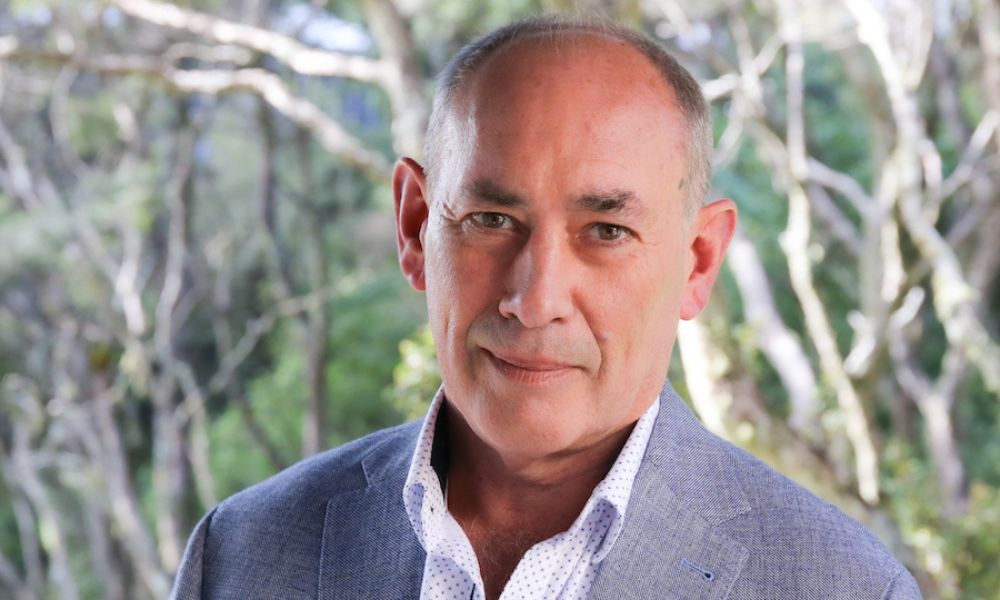Professional indemnity insurance for advisers – what one group in NZ is doing to change the game

Professional indemnity insurance for advisers – what one group in NZ is doing to change the game | Insurance Business New Zealand
Professionals Risks
Professional indemnity insurance for advisers – what one group in NZ is doing to change the game
Industry veteran talks about what’s “ridiculous” in the market
Professionals Risks
By
Terry Gangcuangco
“The most ignorant person in the market when it comes to PI (professional indemnity) insurance is the insurance adviser buying it – it’s ridiculous.”
That was the pronouncement made by Tony Vidler (pictured) when he recently sat down with Insurance Business to talk about the PI insurance market and what his camp is doing to help “change the game” in New Zealand.
Vidler, deputy chair at Quadrant PI, lamented the lack of claims data that would support rising costs associated with PI cover for advisers like himself, calling the space “shrouded in secrecy” and in need of shaking up.
That led Vidler and peers like Kevin Smee, chief executive of adviser group mySolutions, to develop a PI insurance solution that launched in 2021. Set up originally as a group scheme for mySolutions financial advice providers, Quadrant PI is now open for business with advisers outside the group.
So, what was happening in the market when Quadrant PI was established? According to Vidler, at the time, the market had just gone through a structural change in how it calculated the cost.
“We’d just gone into the new regulatory regime,” he noted. “So, now the insurers were trying to insure a business rather than a person. Previously, each individual had taken out PI cover. So, think of it in terms of a law firm. We’d gone from the situation where each lawyer had to have PI, to the firm now has to have it for all the things that the firm does, and that changed how they calculated risk and how they priced it, and so on and so on.
“So, what happened in the market at that point, when we went through the structural change, was there was this massive escalation in premiums very, very quickly. Because we went from judging one individual adviser who did maybe $200,000 a year in revenue to a business that was doing a million dollars a year in revenue – much bigger risk – and premiums went through the roof. So, people were seeing things like a tripling of their premiums on two weeks’ notice.”
With Quadrant PI, Vidler said, they were able to negotiate better pricing and better terms, and the goal now is to make the changes widespread.
Legacy
“We want to challenge the existing thinking,” Vidler told Insurance Business. “We want to challenge the existing structure. In part, that’s because the people that had that initial conversation and put the idea together are heading into perhaps the twilight of our careers, so there’s a little bit of legacy stuff going on – what changes can we make and what changes can we leave behind? How can we make it a little bit better?
“And this is an area that’s annoyed nearly everyone that has to buy the stuff for our entire careers, so that’s something to fix. What excites us about it is the ability to change how the game is played. We want to depower some of the incumbents, and we want to make it a far more transparent area of business. A very, very small group of market players basically all agree that this is how the market should work, and we’d like to change that.”
Quadrant PI’s commitment to transparency is reflected in the fact that its policy wording is publicly accessible for anyone who is interested, regardless of whether they end up being a Quadrant PI policyholder or not.
“We don’t care what group you belong to, or what your business structure is, or what your affiliations are – if you want a better deal on PI, come and talk to us,” Vidler said, addressing his fellow advisers.
“If they use this as a way to go back and negotiate a better contract and a better price and better conditions, that’s been a game-changer. We’re really comfortable with the game getting changed whether they use us or not. So, the thing that we keep trying to say to every single adviser out there is just get a quote, even if it’s not a quote you run with, because then you can go back to your incumbent… That helps change it for everyone.”
Moving forward, Vidler knows change will come.
“The risk assessment of the advisory industry in New Zealand will be very, very different [in] five years’ time to what it is today,” he said. “There will be generally less risk because advisers are operating at far better standards, they’re far more transparent about things, and they’re aware of their own risk management requirements.
“As the advisory sector starts to become more commercially astute – and that’s one of the positive consequences that will come out of regulation – advisers will run better businesses and be better business owners. That will create a situation where there’s a lot more thought going into risk retention and mitigation. So, better protocols around how we manage the businesses will start to drive a different sort of demand for PI insurance.”
What do you think about this story? Share your thoughts in the comments below.
Related Stories
Keep up with the latest news and events
Join our mailing list, it’s free!






